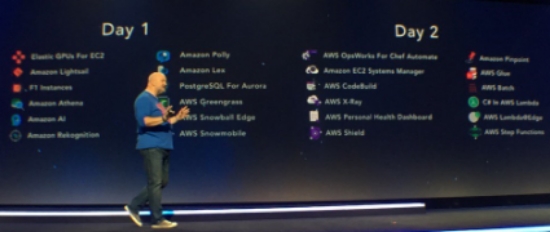0
Russia claims it foiled a cyber attack from a foreign spy service
The Russian government claims to have foiled a "large-scale" cyber attack from foreign intelligence services meant to destabilize the country’s financial system.The government’s Federal Security Service made the statement on Friday without blaming a specific country, but said the attack was meant to be carried out on Dec. 5 against a number of major Russian banks.The hack would have also included the use of social media and SMS text messages to circulate posts claiming a crisis in Russia’s financial system. Several dozen cities in the country had been targeted, the Federal Security Service claimed, stating it had already neutralized the threat.To read this article in full or to leave a comment, please click here
 AWS goes open source with Blox and seriously revs up Lambda.
AWS goes open source with Blox and seriously revs up Lambda. Kevin Johnson (ex-Juniper) gets a promotion; American Airlines picks IBM Cloud.
Kevin Johnson (ex-Juniper) gets a promotion; American Airlines picks IBM Cloud.
